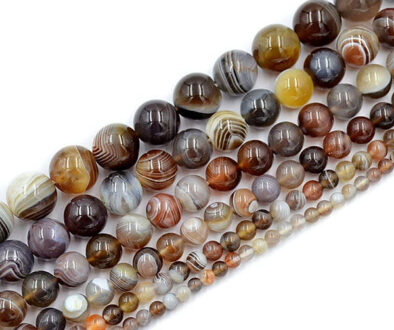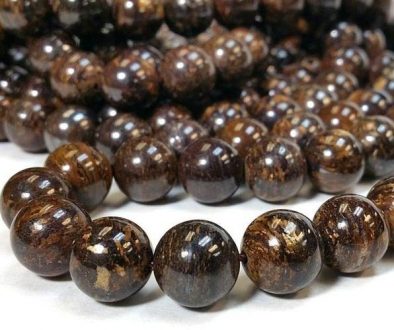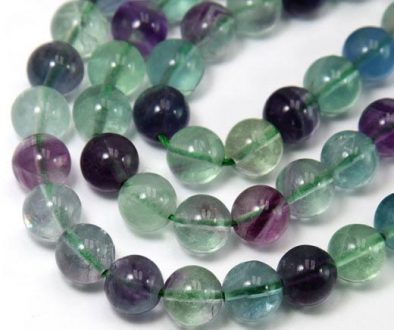Chalcedony

 Chalcedony is a member of the Quartz family with a cryptocrystalline structure, perfect for magnifying its crystal energy to soothe and restore balance, from the conscious mind to the inner child, all the way down to the animal self. Its name may be derived from the Greek port city of Chalcedon. The ancient civilizations of Egypt, Greece and Rome used varieties of Chalcedony in jewelry and carvings, and, as gems of antiquity, they were believed to imbue their holders with certain powers. [Simmons, 104-105]
Chalcedony is a member of the Quartz family with a cryptocrystalline structure, perfect for magnifying its crystal energy to soothe and restore balance, from the conscious mind to the inner child, all the way down to the animal self. Its name may be derived from the Greek port city of Chalcedon. The ancient civilizations of Egypt, Greece and Rome used varieties of Chalcedony in jewelry and carvings, and, as gems of antiquity, they were believed to imbue their holders with certain powers. [Simmons, 104-105]
From Minerals.net
Chalcedony is found in all types of colors, and its varieties are named based on color. The variety Agate is a multicolored form, well known for its distinctive banding patterns. Some forms of Chalcedony, such as Chrysoprase, are intensely colored, while others are light. In blue Chalcedony, the deeper the color, the more desirable the gemstone. The classic Chalcedony varieties are described below:
Agate
Multicolored banded variety, and the most well-known and unique form of Chalcedony. Agate itself has many different known varieties. All Agates contain distinctive patterns, which make each Agate different from the next.
Aventurine
Opaque, compact form, most often green in color, containing small Mica, Hematite, or Goethite scales which cause a glistening effect.
Bloodstone
Dark green to greenish blue variety speckled with red or brown spots.
Carnelian
Red to amber-red translucent variety. Some forms of Carnelian are heat treated to darken the lighter tones.
Chrysoprase
Apple green variety; one of the more popular gemstone forms of Chalcedony.
Jasper
Opaque form of brown, often multicolored, spotted, or speckled.
Onyx
May describe solid black Chalcedony, banded black and white Chalcedony (usually in parallel banding), or any Chalcedony with a black base and white upper layer.
Sard and Sardonyx
Sard is the brownish to brownish-red, transparent to translucent variety. The related Sardonyx has parallel bands of brownish to red alternating with white or sometimes black bands.
Tiger’s Eye
Pseudomorph of compact Quartz after the fibrous mineral Crocidolite. Tiger’s Eye is famous for its chatoyant effect and glistening sheen.
VARIETIES
Varieties specific to Agate, Jasper, Onyx, and Tiger’s Eye are listed separately.
- Agate – Banded variety of Chalcedony. For individual varieties, see the Agate mineral page.
- Aventurine – Opaque, compact Quartz / Chalcedony containing small Mica, Hematite, or Goethite scales which cause a glistening effect. Aventurine is most often green but may also be other colors such as gray, orange, and brown.
- Binghamite – Chalcedony with dense, parallel inclusions of Goethite. Its color is a multicolored yellowish to reddish, and it exhibits chatoyancy. Binghamite was found in the Cuyuna Iron Range in Minnesota, and is used as a rare gemstone.
- Bloodstone – Dark green to greenish blue variety of Chalcedony speckled with red or brown spots.
- Carnelian – Red to amber-red translucent variety of Chalcedony.
- Chrysoprase – Apple green variety of Chalcedony.
- Fire Agate – Form of Agate or Chalcedony that is iridescent with a play of colors or “fire” similar to that of Opal. Fire Agates usually have botryoidal growth included in their interior. The play of color is caused by inclusions of Goethite or Limonite.
- Holly Blue – Translucent, violet-blue gemstone variety of Chalcedony.
- Jasper – Opaque form of Chalcedony, most often used to describe brown, yellow, or reddish colors. For individual Jasper varieties, visit the Jasper mineral page.
- Moss Agate – Chalcedony containing dense inclusions of green Hornblende that cause the pattern to resemble moss. Moss Agate is technically not a true Agate as it lacks the banding patterns of Agate.
- Onyx – Type of Chalcedony gemstone whose meaning can have several connotations. Its most practical gemstone definition describes a solid black Chalcedony, or a banded or layered black and white Chalcedony.
- Plasma – Dark green variety of Chalcedony. It often contains small white or yellow spots.
- Prase – Light to emerald green, transparent to translucent Quartz / Chalcedony, with coloring caused from inclusions of green minerals, such as Actinolite, Hedenbergite, Chlorite, or Malachite.
- Sard – Brownish to brownish-red, transparent to translucent form of Chalcedony. A gemstone can sometime borderline between falling under the definition of Sard and Carnelian, and either term used will be valid.
- Sardonyx – Form of Agate with parallel bands of brownish to red alternating with white or sometimes black bands.
- Tiger’s Eye – Pseudomorph of compact Quartz/Chalcedony after the fibrous mineral Crocidolite. Tiger’s Eye is famous for its chatoyant effect.
Chalcedony improves mineral assimilation and combats mineral buildup in veins. Lessens the effects of dementia and senility. It increases physical energy. Heals the eyes, gallbladder, bones, spleen, blood and circulatory system.


